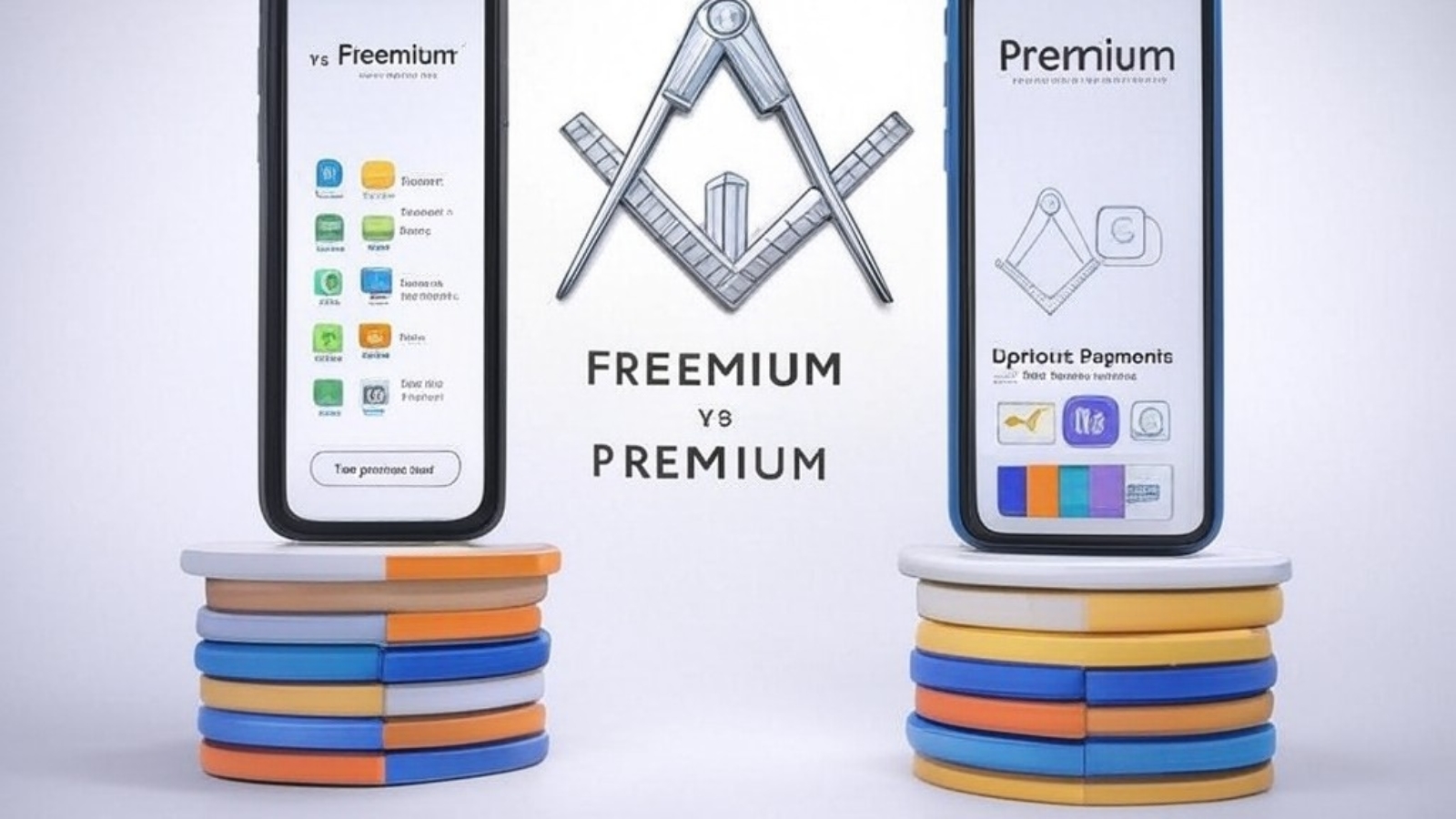The freemium and premium app models is a classic one, and the “winner” really depends on your specific app, target audience, and goals. Here’s a breakdown to help you decide:
Freemium:
How it works: Offer a basic version of your app for free, and charge for premium features, content, or services.
Pros: Larger user base: Free access attracts a wider audience.
Potential for high revenue: If you convert a good percentage of free users to paid, you can generate significant income.
Ongoing revenue: In-app purchases, subscriptions, and ads can provide a continuous income stream.
Cons: Conversion challenge: It can be tough to convince free users to pay.
Balancing act: You need to offer enough value in the free version to attract users, but not so much that they don’t feel the need to upgrade.
Potential for negative reviews: Aggressive monetization tactics can frustrate users and lead to bad reviews.
Paid:
How it works: Users pay upfront to download and use your app.
Pros: Immediate revenue: You get paid with each download.
Simpler user experience: No ads or in-app purchase prompts to interrupt gameplay.
Higher perceived value: Users who pay upfront may be more invested in your app.
Cons: Smaller user base: The upfront cost can deter many potential users.
Limited ongoing revenue: Unless you offer expansions or DLCs, your revenue is limited to initial sales.
Discoverability challenges: Paid apps can be harder to find in app stores.
Which model makes more money?
Generally, freemium apps have the potential to generate more revenue than paid apps. This is because they can reach a much larger audience and have multiple avenues for monetization. However, this is not always the case. A well-executed paid app with a strong value proposition can also be very successful.
Factors to consider:
Type of app: Freemium often works well for games, social media apps, and utilities. Paid apps may be better for productivity tools, niche content apps, or apps with a strong focus on user experience.
Target audience: Casual gamers may be more receptive to freemium models, while dedicated users might be willing to pay upfront for a premium experience.
Marketing and discoverability: Freemium apps often have an easier time gaining visibility, while paid apps may need strong marketing to stand out.
The bottom line:
The best app model will depend on your Business model, the features of your app, your revenue goals and most importantly your Audience. the best way to ascertain what will work for you is to carry out series of test with potential Users.
Reach us to book a free consultation to decide which is better for your app

Add a Comment